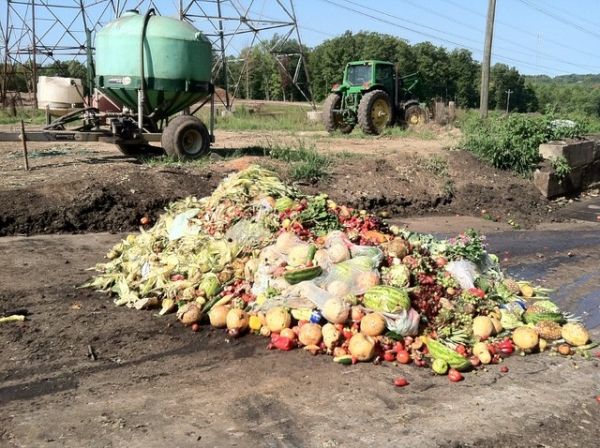This consumer stockpiling has led to unavailability of products for others, and there’s a real danger that if this food isn’t eaten, we will see huge amounts of food waste.
Richard Wilding OBE, Professor of Supply Chain Management at Cranfield School of Management, says UK food supply chains are well organised: “There is no immediate risk of stocking-out for long periods, if consumers purchase normally and only buy what is needed. Food waste occurs anywhere along the supply chain and some of it is unavoidable. Around one-third of food for human consumption gets lost or wasted globally, around 1.3 billion tonnes a year. Most of this food waste occurs when it reaches consumers and what is happening with panic buying is a potential increase of avoidable waste at the end of the chain, after purchase.”
Emel Aktas, Professor of Supply Chain Analytics, says: “An immediate risk of increased food waste, especially for fresh produce, now exists. If freezing is not practised with discipline, we are in immediate danger of increasing food waste since most of the products have a shelf life of four to seven days. This is the costliest, most detrimental outcome to the environment – we have used natural resources for the product itself and for its packaging, and emitted CO2 to make it available on the shelf for purchase.”
Stockpiling can be driven by people worrying that food supplies are running low. But Professor Richard Wilding says that this isn’t the pressing issue: "Food is available, it's just in the wrong place. For instance, restaurants and bars aren't taking food supplies and that is having to be diverted to other supply chains. To switch the food to other supply chain channels, the biggest challenge is capacity - in terms of vehicles, drivers, warehousing, storage, and other logistics.”
Continue reading at Cranfield University
Image via Environmental Protection Agency


